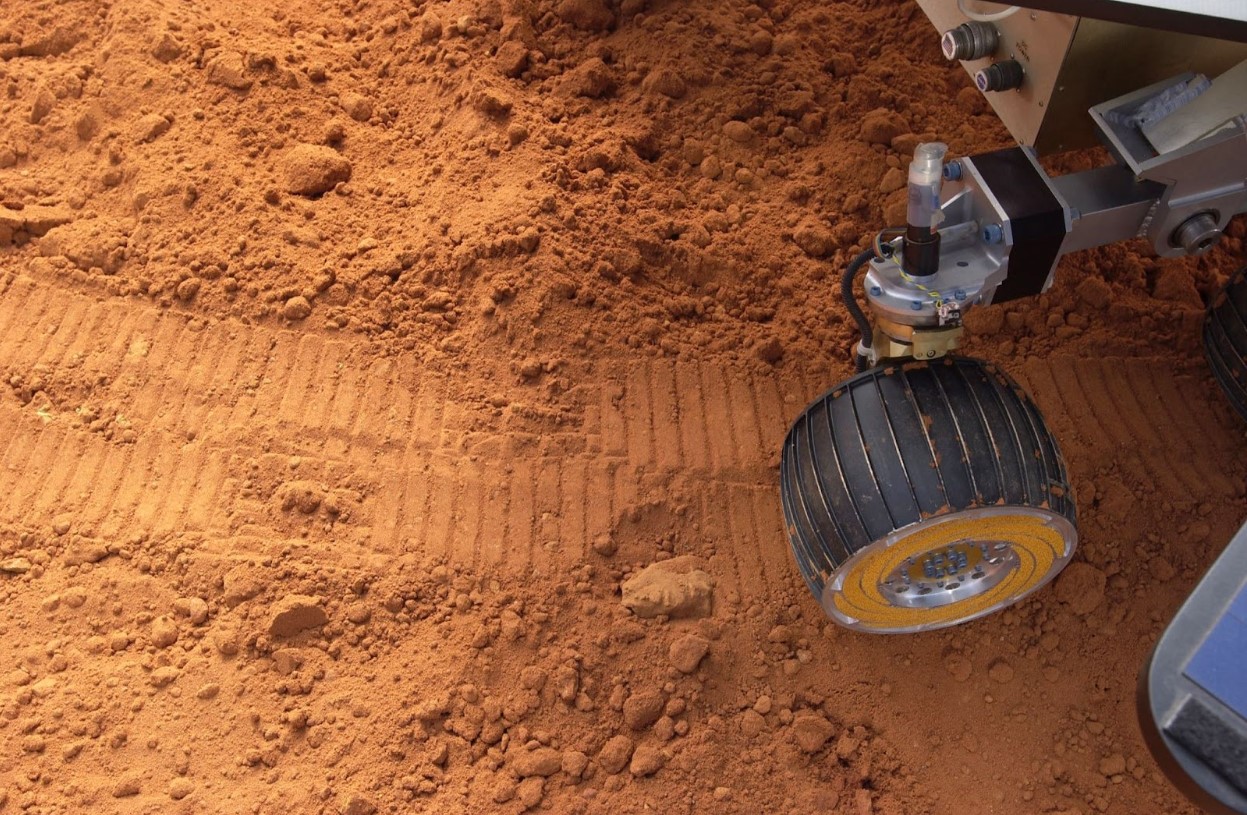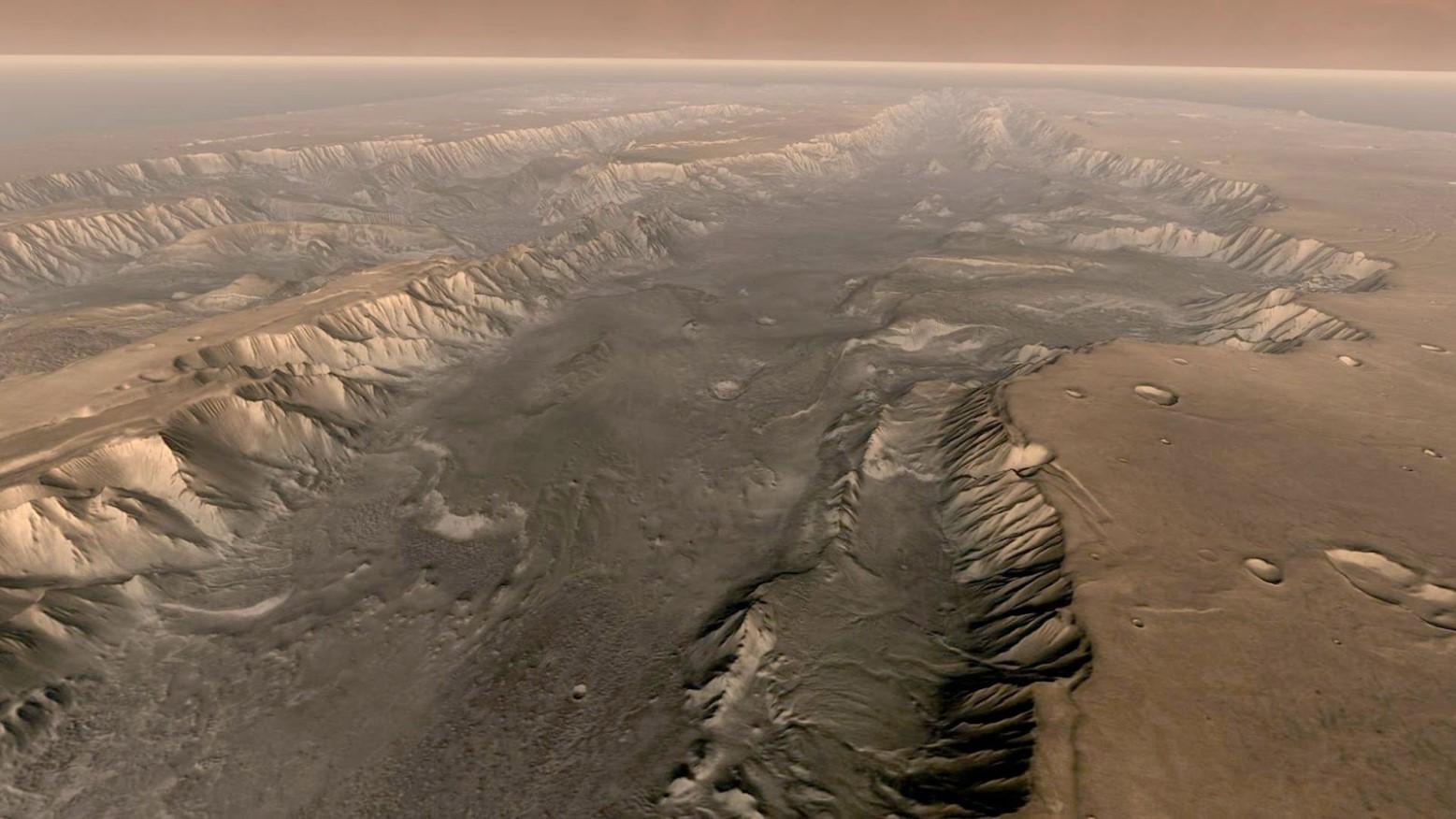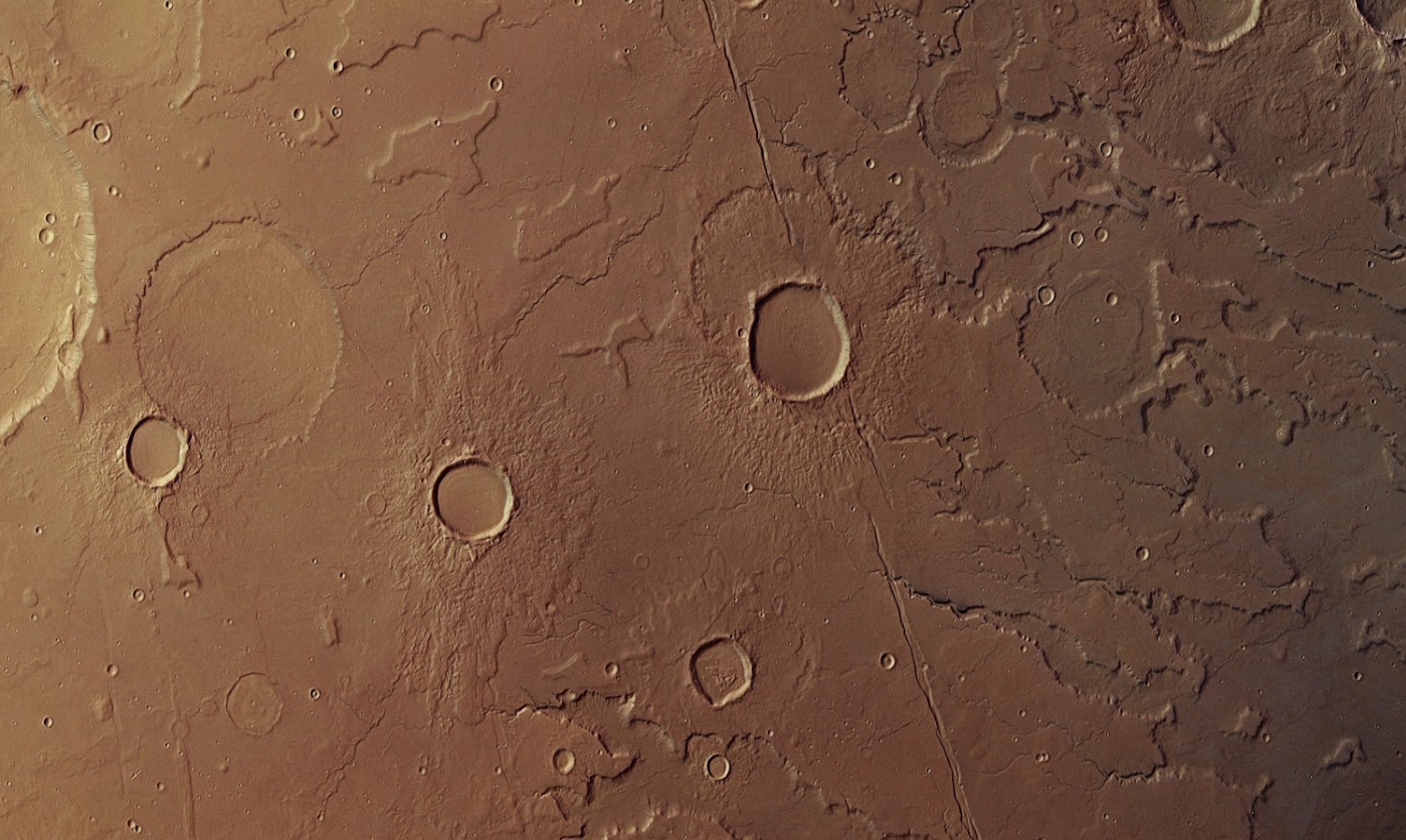NASA Finds Evidence of an Ancient Lake on Mars, Challenges What We Thought We Knew About the Red Planet
Scientists have made great strides in the ongoing research they have been conducting on Mars. Implementing the technology of NASA’s Mars Curiosity Rover, scientists were able to find concrete evidence of there once being shallow lakes on the notoriously dry Red Planet.
As Curiosity explored an area known as the Sulfate-Bearing Unit, scientists were hopeful that the rover would discover proof of there once being water on Mars. At best, researchers only expected to find evidence of “mere trickles of water.” However, Curiosity found much more proof than they anticipated that water once flowed freely on Mars.
Curiosity Found Clear Indicators of Ancient Waters
CBS News Space & Science writer Jackie Wattles reported on the recent findings made by the Curiosity rover.

Source: NASA/Getty Images
“Scientists believed the rocks there formed as the surface of the red planet was drying out,” she wrote. “Instead, the rover found some of the clearest evidence yet of ancient waters.” Amazingly, Curiosity showed scientists evidence of wave-marked rocks that NASA experts believe were formed by a shallow lake that once covered the Sulfate-Bearing Unit.
A Discovery Billions of Years in the Making
There has long been suspicion that Mars once had large bodies of water the same way that Earth does. Until now, Mars appeared to be a predominantly dry planet with few signs of life.

Source: NASA/Getty Images
Researchers are confident that there was once an ample water supply on the planet many years ago that created the wave-marked rocks. “Billions of years ago, waves on the surface of a shallow lake stirred up sediment at the lake bottom, over time creating rippled textures left in rock,” said NASA in a statement.
Scientists Were Stunned by the Discovery
More specifically, the Mars Curiosity Rover took images of the wave-marked rocks in a section of the Sulfate-Bearing Unit known as the “Marker Band Valley” by researchers.

Source: Wikimedia Commons
“The wave-marked rocks were found about one-half mile (800 meters) into Curiosity’s ascent of Mount Sharp,” wrote Wattles. Scientists were taken aback by what Curiosity was able to uncover on its remarkable mission. “As the rover climbed higher, it traveled over rocks that would have formed more recently. That’s why researchers didn’t expect to see such clear markers of a large body of water,” said Wattles.
Could Water Mean There Is Life on Mars?
The wave-marked rocks could have only been formed if a large body of water was present. This evidence indicates that water once covered Mars.

Source: Wikimedia Commons
This discovery opens the door to a multitude of other possibilities about Mars. Knowing that there was once water could mean that the planet is a lot more habitable than scientists thought. While the presence of water doesn’t “necessarily mean that life exists on Mars,” it certainly shows that there is still a lot more to learn about the Red Planet.
Scientists Are Pleased With the Findings
The Curiosity Rover first landed on Mars on August 5, 2012 as part of NASA’s ongoing Mars Science Laboratory mission.

Source: Wikimedia Commons
The rover has been a helpful tool for scientists to learn more about the planet from millions of miles away. After many years of research, scientists are happy with the evidence gathered by Curiosity. According to NASA Senior Scientist Ashwin Vasavada, “This is the best evidence of water and waves that we’ve seen in the entire mission.”
Curiosity Has Been a Valuable Asset to NASA
The Curiosity rover has a unique history.

Source: Handout/Getty Images
It was originally intended to explore the Red Planet for two years but it continued to produce useful findings for scientists. As a result, Curiosity’s mission was extended. Curiosity has provided valuable insight about Mars to NASA, and they continue to utilize its abilities indefinitely. “We will continue to operate Curiosity as long as it’s scientifically viable,” said NASA’s Associate Administrator for Science John Grunsfled.
Scientists Thought the Area Would Be Dry
Despite their vast knowledge of the Red Planet through decades of research, scientists were confident that the Sulfate-Bearing Unit would not show any evidence of ancient water streams.

Source: Wikimedia Commons
However, Vasavada revealed that researchers were surprised by the enlightening evidence, saying, “We climbed through thousands of feet of lake deposits and never saw evidence like this—and now we found it in a place we expected to be dry.”
Are Mars and Earth Alike?
Vasavada offered a more detailed explanation of how the rocks discovered by Curiosity offer proof that water once filled the area.

Source: Bettmann/Getty Images
“The wave ripples, debris flows, and rhythmic layers all tell us that the story of wet-to-dry on Mars wasn’t simple,” he said. He revealed that Mars and Earth were once much more similar in ancient times, saying, “Mars’ ancient climate had a wonderful complexity to it, much like Earth’s.”
Curiosity Was Sent to Mars for a Specific Purpose
Curiosity was sent to Mars to determine if the planet was “habitable to microbial life,” according to NASA’s Jet Propulsion Laboratory website.

Source: Handout/Getty Images
The rover accomplished its goal by showing that there was once ample amounts of water on the Red Planet, making it livable to various life forms. “We’re finding evidence that Mars was likely a planet of rivers,” said Penn State University geoscientist Benjamin Cardenas.
Ancient Mars Was Much Different Than it Is Now
While Mars largely appears to be a dry wasteland in its current state, the planet painted a much different picture in ancient times.

Source: Brent Stirton/Getty Images
“Our research indicates that Mars could have had far more rivers than previously believed, which certainly paints a more optimistic view of ancient life on Mars,” Cardenas said. “It offers a vision of Mars where most of the planet once had the right conditions for life.”
What Happened to the Water Supply on Mars?
Dr. Frances Butcher, who has studied research collected by NASA on the planet Mars, described what water may have been like when it was present on the Red Planet.

Source: Wikimedia Commons
“In order to be liquid at such cold temperatures, the water beneath the south pole might need to be really salty, which would make it difficult for any microbial life to inhabit it,” he said. He further added, “However, it does give hope that there were more habitable environments in the past when the climate was less unforgiving.”
